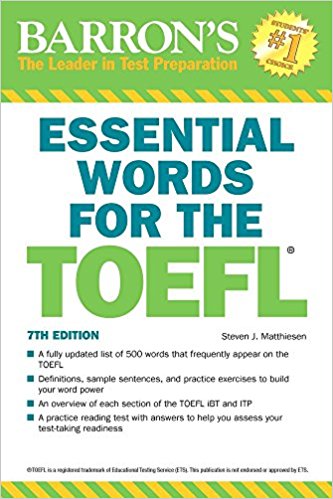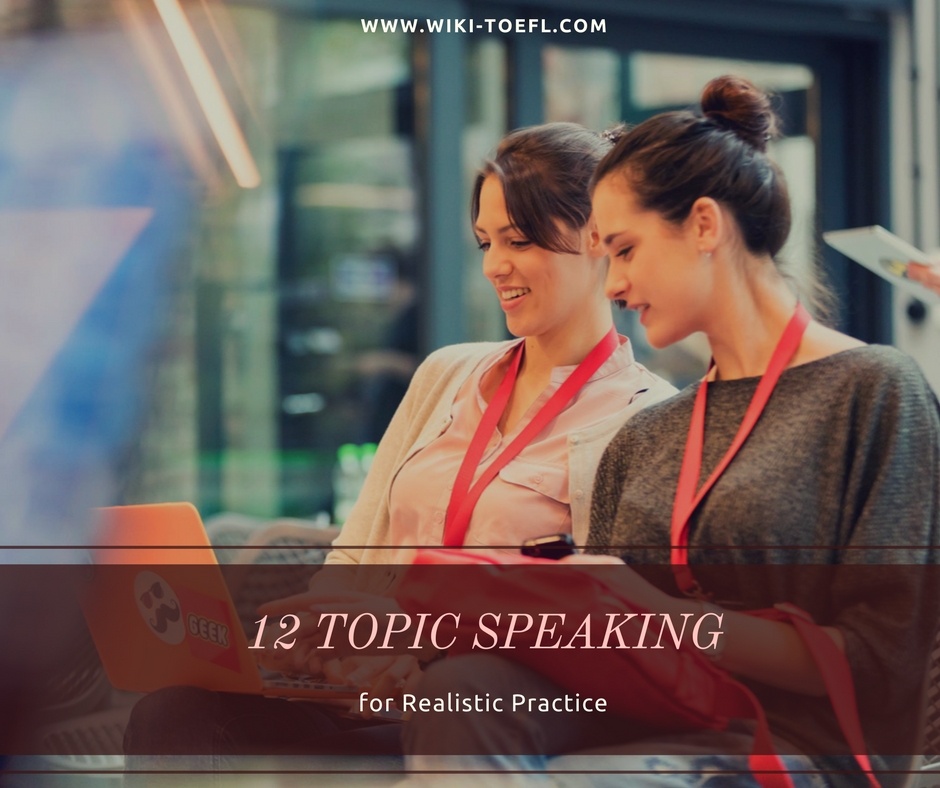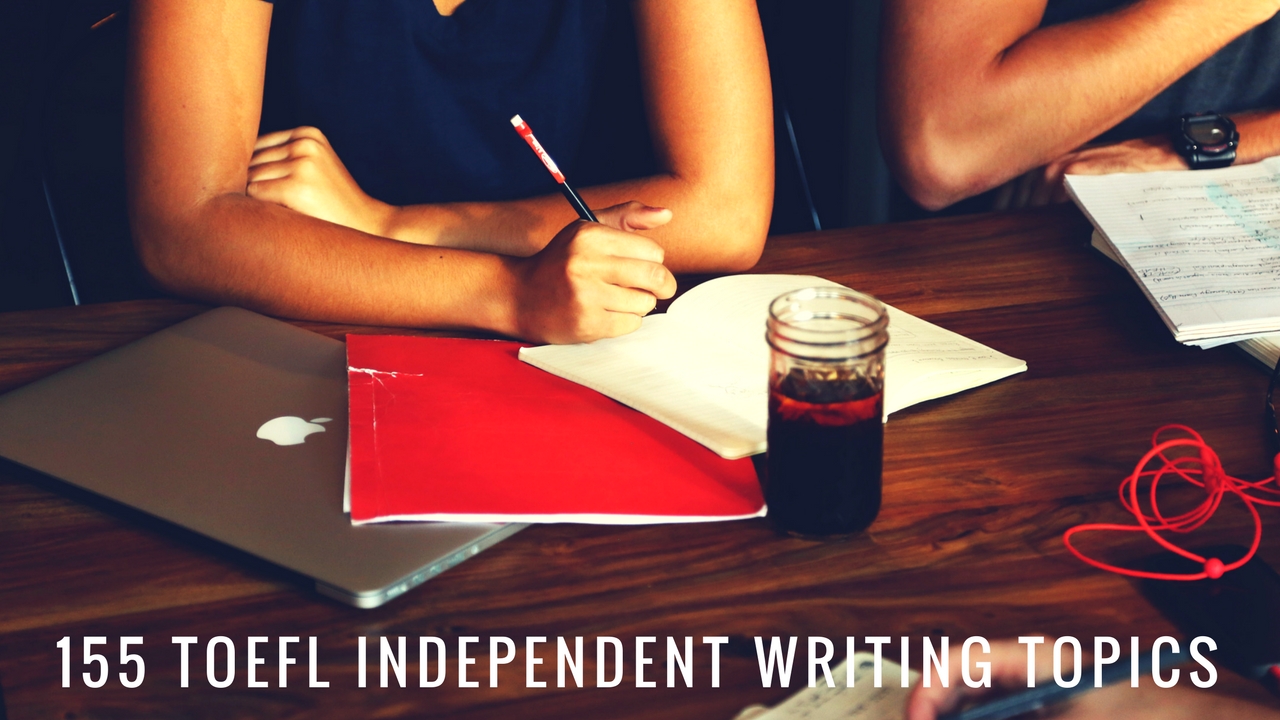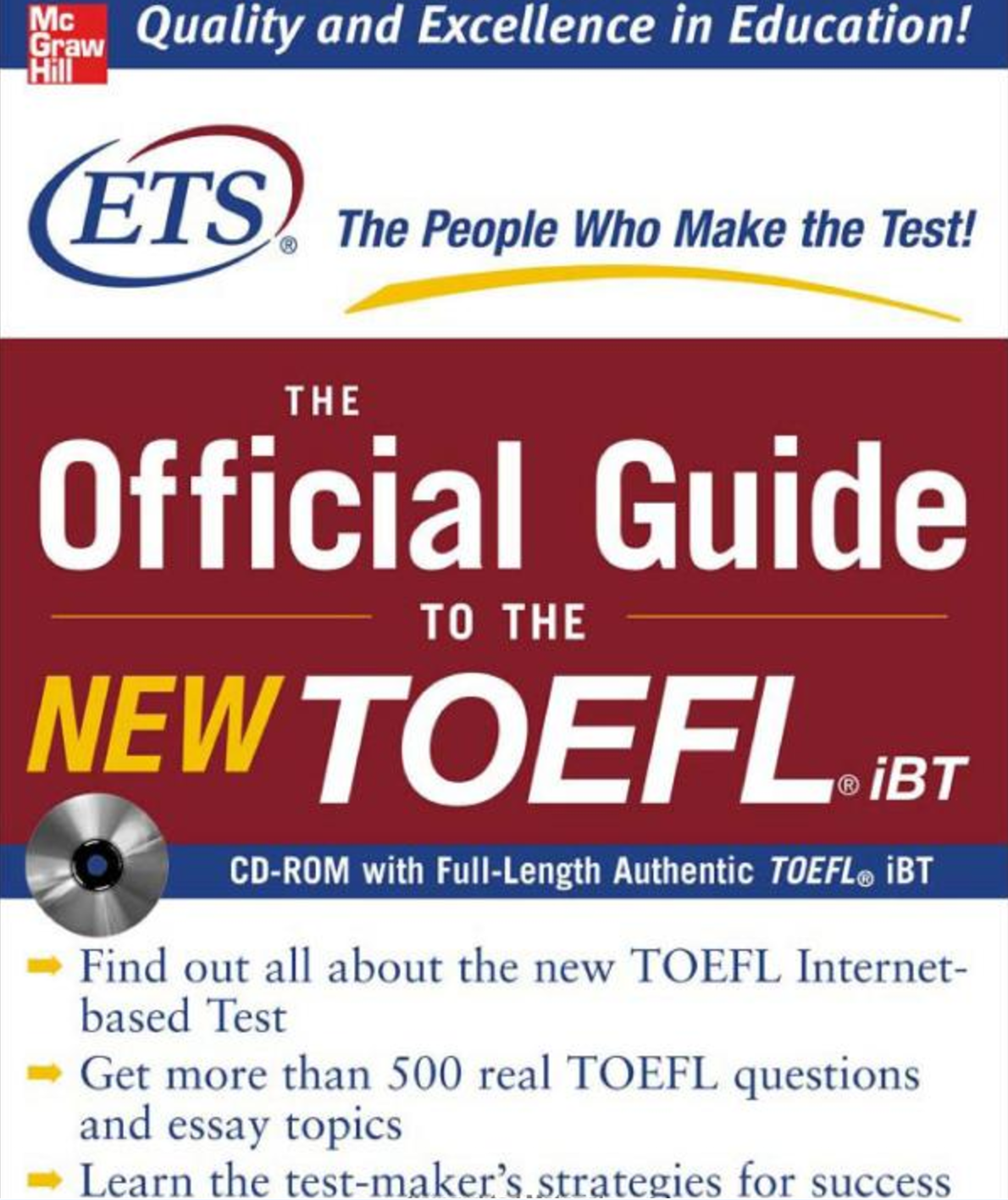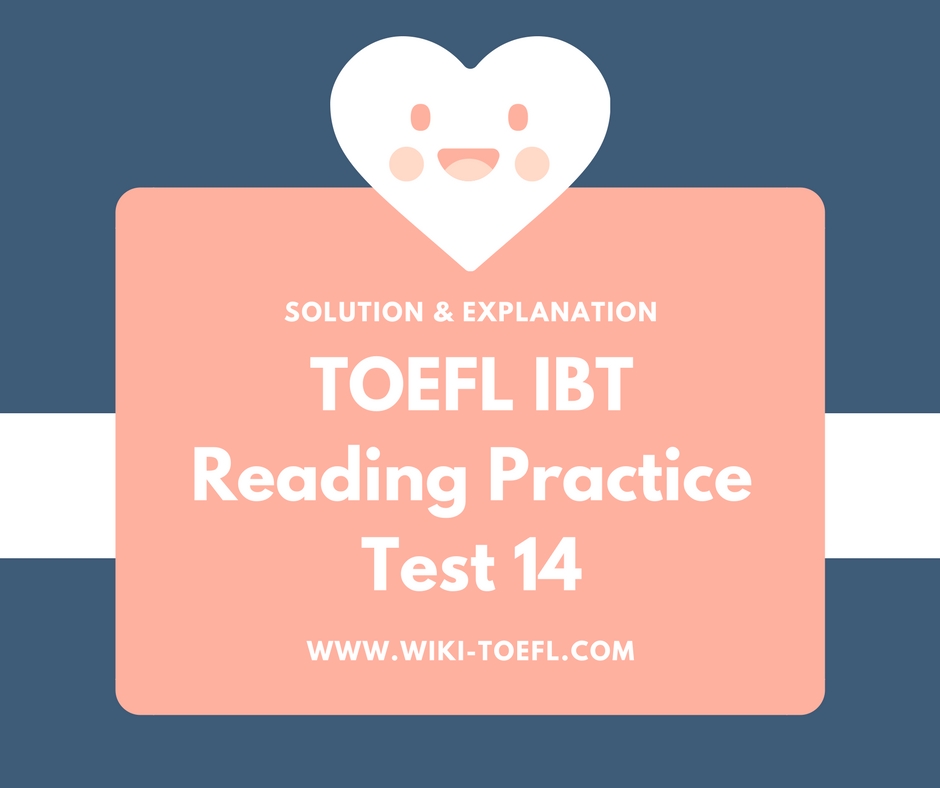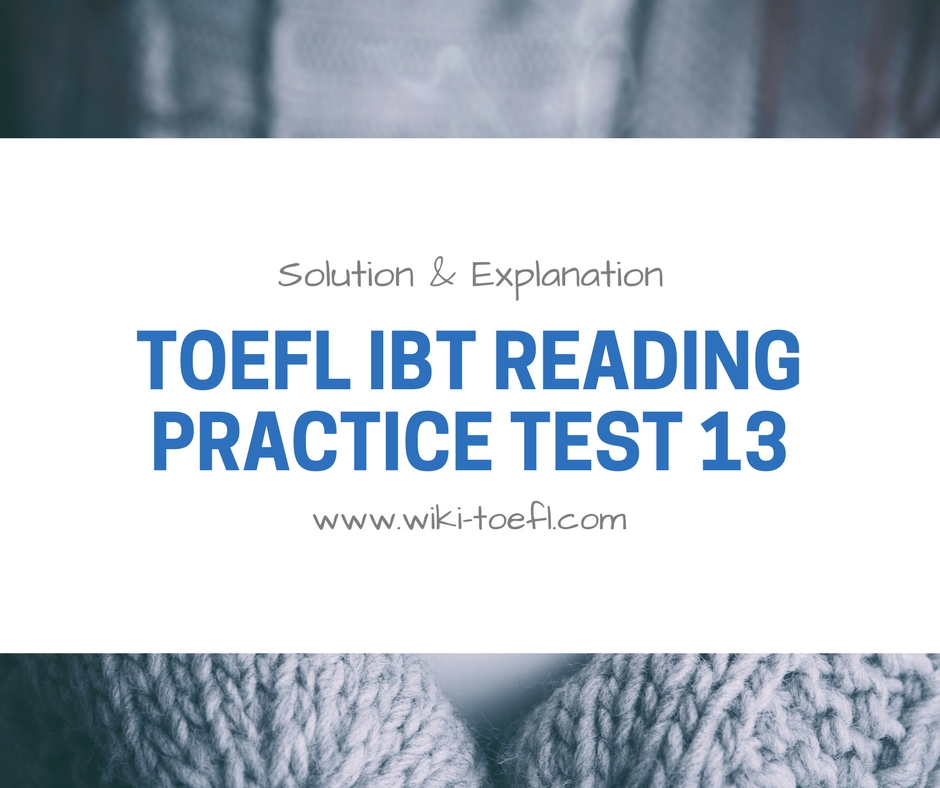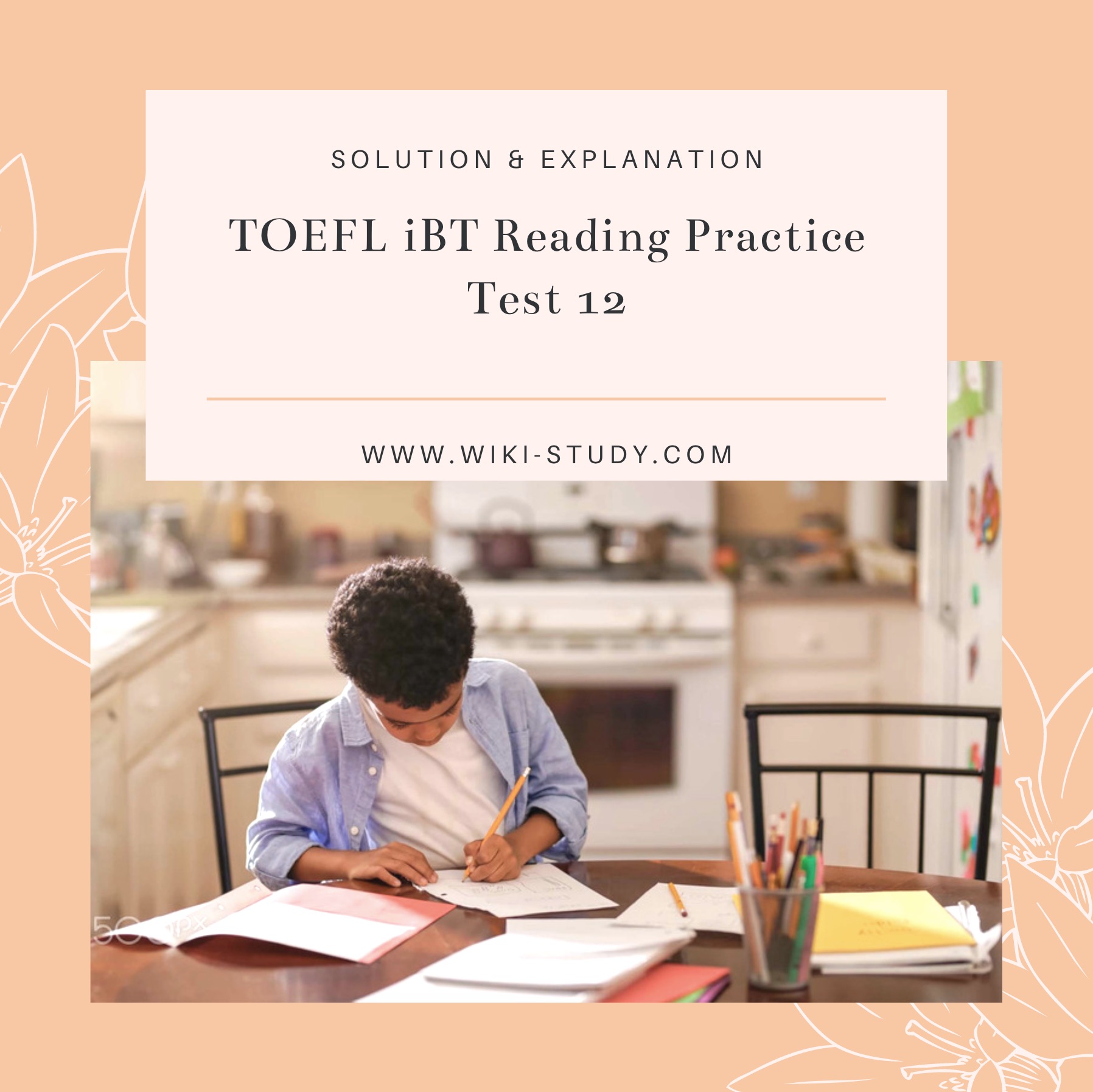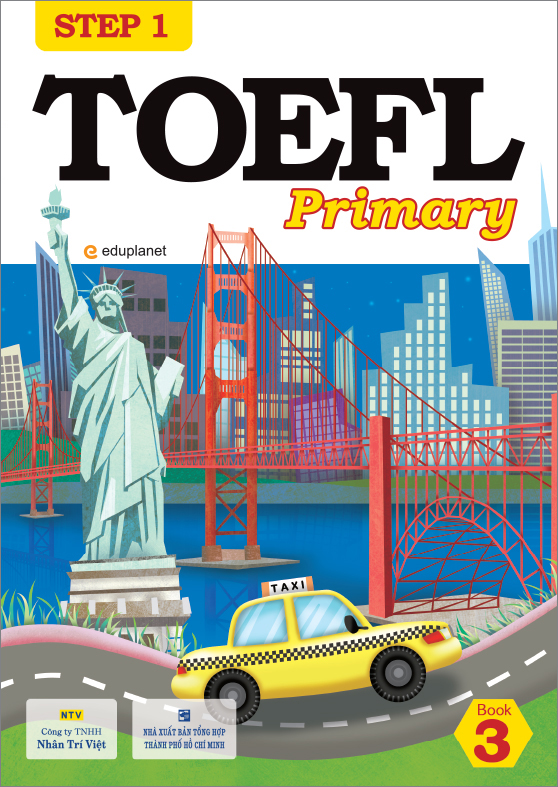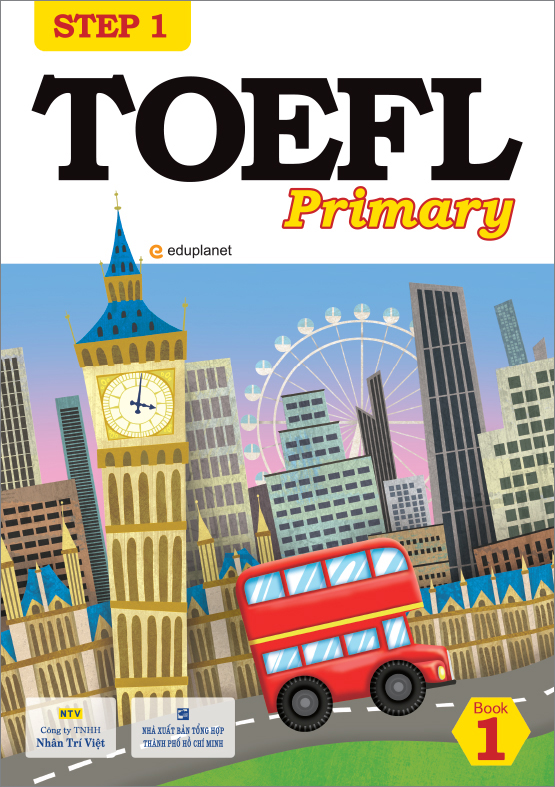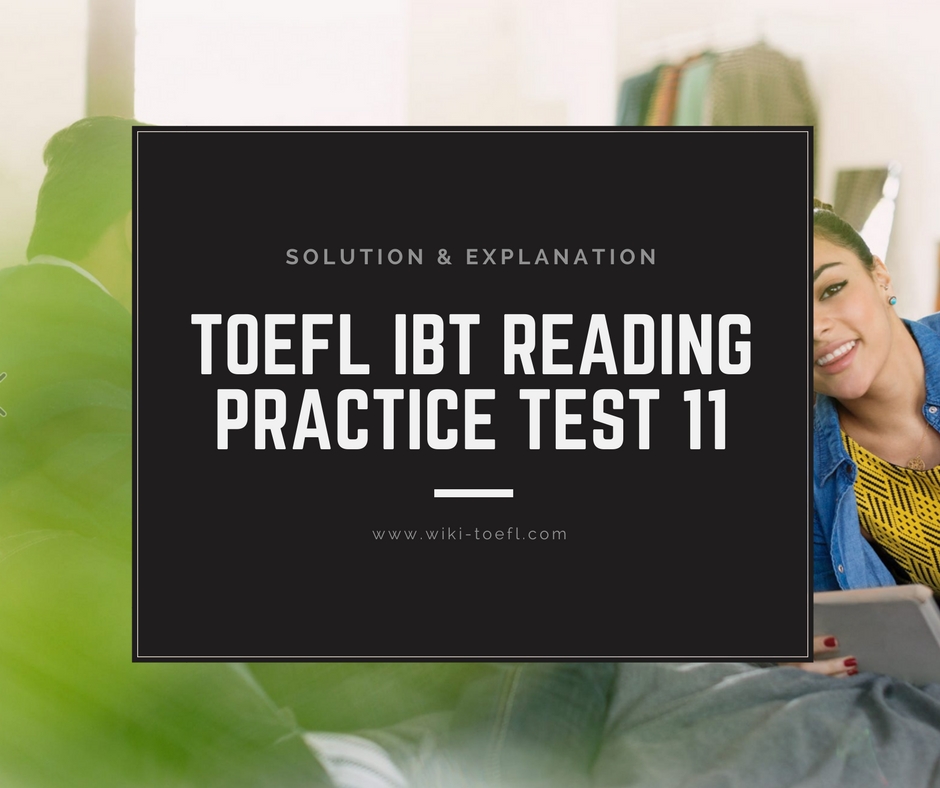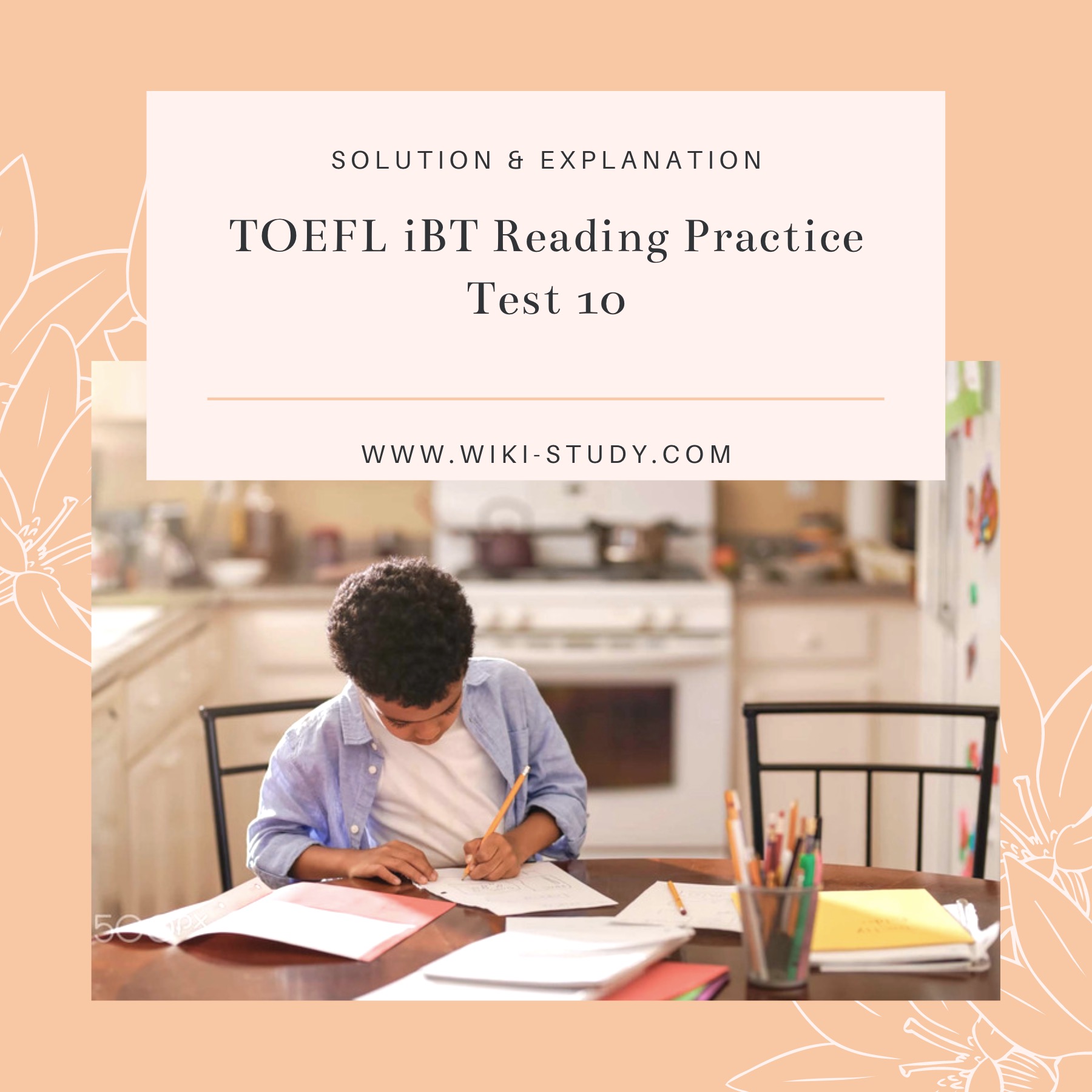SOLUTION & EXPLANATION FOR TOEFL IBT READING PRACTICE TEST 13 ( FROM TOEFL IBT IVY’S READING 15 ACTUAL TESTS)
KEY FOR READING PASSAGE 1
1. (B) 2. (A) 3. (0) 4. (B) 5. (A) 6. (B) 7. (D) 8. (B) 9. (B) 10. (B) 11. (D) 12. H 13. (B), (D), (E)
1. Sentence Simplification I (B)
Q. Which of the sentences below best expresses the essential information in the highlighted sentence in the passage? Incorrect choices change the meaning in important ways or leave out essential information.
Why? Two European branches of Indo-European are particularly important // to consider when looking at the history of how English developed: Germanic languages and the Romance languages, such as French, Italian, and Spanish, which have their roots in Latin.
Why Not? (A) Minor
(C) Information that Germanic languages and the Romance languages influenced the development of English is left out.
(D) Not mentioned
2. Factual Information I (A)
Q. According to paragraph 1 and paragraph 2, which of the following is true about the English language?
Why? -See Clue 2(A)[lines 1-6]
Why Not? (B) Incorrect —See lines 13-14 /(C) Incorrect —See lines 10-11, 13-14, 18-211 (D) Incorrect — See lines 1-6
3. Factual Information I (D)
Q. According to paragraph 3, which of the following is true about Old English?
Why? -See Clue 3{D)[lines 25-28]
► They spoke two dialects of West Germanic that were similar to one another, and these dialects merged into what we today call Old English …
Why Not? <A) The passage says that the Celtic and Viking languages influenced Old English in lines 32-34, but it does not say that they mostly influenced it / (B) Incorrect –See lines 23-29/(C) Not mentioned
4. Reference I (B)
Q. The word This in the passage refers to
Why? The Normans spoke a dialect of Old French known as Anglo-Norman, which had both French and Germanic influences. This became the chosen language of the upper class of England … “-See Clue 4<B)[lines 39-431
5. Vocabulary I (A)
Q. The word sever in the passage is closest in meaning to
Why? break can replace sever in this context. Clue 5<A)[lines 46-49]
• sever v. to put an end to or break up (a relationship)
• break. to discontinue a relationship, an association, or an agreement
6. Factual Information I (B)
Q. In paragraph 4, the author states that
Why? ~See Clue 6(B)[lines 42-46]
► This became the chosen language of the upper class of England, the Normans, for more than one hundred years, while the majority of people continued to speak Old English.
Why Not? (A) Incorrect **See lines 42-46/ (C) Incorrect See lines 46-49/(D) Incorrect **See lines 53-56
7. Rhetorical Purpose I (D)
Q. Why does the author discuss current English speakers in paragraph 4?
Why? Current English speakers are discussed in order to explain that Middle English can be read by them unlike Old English. The author emphasizes the difference between Middle English and Old English by mentioning them. -‘See Clue 7(D)[lines 53-56]
8. Vocabulary I (B)
Q. The word proliferation in the passage is closest in meaning to
Why? rapid creation can replace proliferation in this context **See Clue 8(B)[lines 85-87]
• proliferation n. increase in the amount of something
• rapid creation sudden formation of something
9. Rhetorical Purpose I (B)
Q. In paragraph 6, the author describes the “Great Vowel Shift” by
Why? The “Great Vowel Shift” is described by giving an example of a difference between Modem English and Middle English in the pronunciation of “e” at the end of the words, See Clue 9(B)[lines 86-84]
10. Inference I (B)
Q. Based on the information in paragraph 5 and paragraph 6, what can be inferred about how Middle English changed into Modem English?
Why? (B) can be inferred from combining the information in lines 61-62 and lines 84-86. –See Clue 10(B)
Why Not? (A) Incorrect –See lines 77-80/ (C) Incorrect **See lines 81-84/ (D) Not supported
11. Rhetorical Purpose I (D)
Q. In paragraph 7, why does the author mention computer?
m: Why? Computers are mentioned as an example of an area that requires new terminology due to constant technological advances. -‘See Clue 11(D)[lines 96-100]
12. Insert Text [A]
Q. Look at the four squares [■] that indicate where the following sentence could be added to the passage.
Why? When the Normans, residents of what is now a region of France, invaded and conquered England, the English language was forever changed. [A] What emerged was in many ways a new language with few ties to the old. The Normans spoke a dialect of Old French known as Anglo-Norman, which had both French and Germanic influences. [B]
13. Prose Summary
Q. Directions: An introductory sentence for a brief summary of the passage is provided below. Complete the summary by selecting the THREE answer choices that express the most important ideas in the passage. Some sentences do not belong in the summary because they express ideas that are not presented in the passage or are minor ideas in the passage. This question is worth 2 points
Why? The history of English, from the origins of the Germanic tongues to the language we speak today, has been marked by many changes.
| Correct Answer Choices |
Clues in the passage |
| (B) Anglo-Saxon invaders of Britain in the fifth and sixth centuries combined two versions of West Germanic to create Old English. |
Clue 13(B)[lines 23-28] In the fifth and sixth centuries AD, West Germanic invaders called the Angles and the Saxons came to the British Isles. They spoke two dialects of West Germanic that were similar to one another, and these dialects merged into what we today call Old English |
| (D) Old English mixed with a dialect called Anglo-Norman to produce Middle English, which eventually became the official language of Britain. |
Clue 13(D)[lines 51-53] This new language, which was a combination of Anglo-Norman and Old English, is now known as Middle English.
[lines 57-58] English had become the official language of England |
| (E) Modern English emerged as a result of various phonological, technological, and social changes and has continued to absorb new vocabulary. |
Clue 13(E)[lines 61-64] During the Renaissance, English changed again … many Latin and Greek words were introduced into English
[lines 67-68] many other completely original words were
introduced into English
[lines 74-75] the “Great Vowel Shift”
[lines 85-87] the invention of the printing press and the subsequent proliferation of books [lines 96-98] Technological advances have made necessary the creation of words to describe new objects, processes, …
[lines 102-105] Another reason for the evolving vocabularies has been the increasing communication between and migration of people all over the world. |
► The whole passage focuses on the origin and development of the English language. And it follows that ((B) Creation of Old English —► (D) Progression into Middle English —* (E) Evolution to Modern English and continuing changes) **See
Why Not? (A) Incorrect -■See lines 17-191 (C) Not mentioned / (F) Information that technological advances influenced the introduction of the foreign languages is not mentioned.
KEY FOR READING PASSAGE 2
14. (C) 15. (D) 16.(C) 17. (A) 18. (D) 19. (B) 20.(C) 21. (B) 22. (A) 23. (A) 24. (C) 25. (A) 26. (D) 27. (A). (C). (E)
14. Vocabulary I (C)
Q. The word configuration in the passage is closest in meaning to
Why? arrangement can replace configuration in this context. —See Clue 14(C)[lines 3-4]
• configuration n. arrangement of something
• arrangement n. state of something being put in a particular position
15. Vocabulary I (D)
Q. The word dismissed in the passage is closest in meaning to
Why? rejected can replace dismissed in this context. —See Clue 15(D)[lines 10-12]
• dismiss v. to refuse to consider or brush aside someone’s idea or opinion
• reject v. to refuse to accept or agree with something
16. Factual Information I (C)
Q. According to paragraph 2, maps played a role in the development of the plate tectonics theory by
Why? -See Clue 16<C)[lines 13-16]
► With the creation of accurate global maps, many people began to wonder about the remarkable relationship between the coastlines …
Why Not? (A), (B), (D) Not mentioned
17. Rhetorical Purpose I (A)
Q. Why does the author mention fossils of tropical plants found in the Arctic in paragraph 3?
Why? -See Clue 17(A)[lines 42-46]
18. Factual Information I (D)
Q. According to the information in paragraph 3 and paragraph 4, how did Wegener’s theory explain the existence of similar fossils on different continents?
Why? —See Clue 18(D)[lines 44-46. 49-51]
► It stated that the continents had at one time been joined together in a huge supercontinent…
Why Not? (A)-(C) Not mentioned
19. Vocabulary I (B)
Q. The phrase account for in the passage is closest in meaning to
Why? resolve can replace account for in this context. —See Clue 19(B)[lines 61-64]
• account for to offer a satisfactory explanation
• resolve v. to provide a solution
20. Sentence Simplification I (C)
Q. Which of the sentences below best expresses the essential information in the highlighted sentence in the passage? Incorrect choices change the meaning in important ways or leave out essential information.
Why? His theory proposed that the landmasses moved independently of the rest of Earth’s crust, simply smashing through the solid rock of the seafloor, // and no one, including Wegener, could come up with a force // that would be great enough to drive this type of movement.
Why Not? (A) Incorrect
(B) Not mentioned
(D) Information that scientists could not come up with a force that drives continental movement is left out.
21. Inference I (B)
Q. According to paragraph 5, it can be inferred that the scientific stuffy of Earth’s crust before 1950
Why? (B) can be inferred from the information in lines 65-67. —See Clue 21(B) m. Why Not? (A), (D) Not supported / (C) Incorrect —See lines 65-67
22. Reference I (A)
Q. The word Their in the passage refers to
v Why? … all of Earth’s crust is divided into several different plates.Some are entirely underwater, while others comprise both oceans and continents. Their movement is caused by the Earth’s dynamic mantle … -See Clue 22(A)[lines 77-78,81-84]
23. Vocabulary I (A)
Q. The word dynamic in the passage is closest in meaning to
Why? active can replace dynamic in this context.
• dynamic adj. full of energy and constant movement
• active adj. always busy doing things
24. Factual Information I (C)
Q. According to paragraph 6, scientists determined that the forces responsible for plate movement originate
Why? —See Clue 24(C) lines 82-84]
Why Not? (A), (B), (D) Not mentioned
25. Inference I (A)
Q. Which of the following statements most accurately reflects the author’s opinion about science as expressed in paragraph 7?
Why? (A) can be inferred from the information in lines 97-100. —See Clue 25(A) mm Why Not? (B)-(D) Not supported
26. Insert Text I [D]
Q. Look at the four squares [■] that indicate where the following sentence could be added to the passage.
Why? [C] Some scientists were intrigued by the close similarities in fossil remains found on separate continents—for example, in the northeastern United States and Scotland. [D] It was hard to believe that the exact same animal and plant species would have existed simultaneously on such distant lands. In the nineteenth and early twentieth centuries, the mainstream scientific community explained these findings by arguing that changing ocean levels sometimes exposed land bridges that connected the continents, allowing the overland migration of species.
► ‘such distant lands* in the given sentence refers to *the northeastern United States and Scotland.*
27. Prose Summary
Q. Directions: An introductory sentence for a brief summary of the passage is provided below. Complete the summary by selecting the THREE answer choices that express the most important ideas in the passage. Some sentences do not belong in the summary because they express ideas that are not presented in the passage or are minor ideas in the passage. This question is worth 2 points.
Why? Though widely accepted today, it took many years for the basic concepts of the theory of plate tectonics to be established as fact.
| Correct Answer Choices |
Clues in the passage |
| (A) First inspired by the shapes of the continents as seen on maps, some scientists began to consider the idea of continental movement. |
Clue 27(A)[lines 13-16] With the creation of accurate global maps, many people began to wonder about the remarkable relationship between the coastlines [lines 19-21] This was essentially the birth of what would eventually become the theory of plate tectonics. |
| (C) Wegener’s theory of continental drift was an important step towards discovering plate tectonics, but it misunderstood the exact nature of the crust’s movement. |
Clue 27(C)[!ines 48-49] his theory of “continental drift,* the primary forerunner of plate tectonics [lines 55-58] Critics emphasized the failure of Wegener’s theory to sufficiently account for the means and causes of continental movement. |
| (E) After observing the seafloor and discovering the importance of the mantle, scientists finally proved the existence of continental drift with the plate tectonics theory. |
Clue 27(E)[lines 65-68] It was not until the 1950s and ’60s, when new technologies enabled scientists to study the ocean floor, that the main concept of Wegener’s theory was proven correct.
[lines 73-76] three American scientists used this discovery, along with other significant findings, to develop the theory of plate tectonics [lines 82-84] Their movement is caused by the Earth’s dynamic mantle |
► The whole passage focuses on the establishment of the theory of plate tectonics. And it follows that {(A) Beginning of the idea of continental movement — (C) Significance and limitations of Wegener’s continental drift theory — (E) Verification of continental drift theory and establishment of plate tectonics theory) See
Why Not? (B) Not mentioned / (D) Mentioned in lines 65-67, but minor / (F) Mentioned in lines 90-96, but minor
KEY FOR READING PASSAGE 3
28. (A) 29. (C) 30. (B) 31.(C) 32.(C) 33.(C) 34. (A) 35.(C) 36.(C) 37. (B) 38 (D) 39. [B] 40. Major Ampullate Silk: (A), (C), IF) / Minor Ampullate Silk: (E), (G) / Both: (D), (I)
28. Vocabulary I (A)
Q. The word dtoraebar in the passage is closest in meaning to
Why? thickness can replace diameter in this context. -‘See Clue 28(A)[lines 16-21]
• diameter n. width of a circular shape
• thickness n. width of something
29. Factual Information I (C)
Q. According to paragraph 1, what is the function of the spinneret?
Why? -‘See Clue 29(C)[lines 16-20]
► The liquid silk is excreted from the silk glands in liquid form, but as it passes through the round spigots on a special organ—the spinneret—at the rear of the abdomen, it becomes solid.
Why Not? (A) Incorrect -‘See lines 16-201 (B), (D) Not mentioned
30. Vocabulary I (B)
Q. The word anchored in the passage is closest in meaning to
Why? attached can replace anchored in this context. -‘See Clue 30(B)[lines 36-38]
• anchor v. to fasten something firmly so it is unmovable
• attach v. to connect an object to another
31. Rhetorical Purpose I (C)
Q. Why does the author mention the elasticity of minor ampullate silk in paragraph 2?
Why? The elasticity of minor ampullate silk is mentioned in order to explain that minor ampullate silk and major ampullate silk are different in terms of elasticity. -‘See Clue 31(C)[lines 41-46]
32. Reference I (C)
Q. The word it in the passage refers to
Why? … completely binds a victim by encapsulating it in a cocoon. -‘See Clue 32(C)[lines 53-54]
33. Inference I (C)
Q. What can be inferred from paragraph 3 about female spiders?
Why? (C) can be inferred from the information in lines 55-56. –See Clue 33(C) m. Why Not? (A), (B), (D) Not supported
34. Sentence Simplification I (A)
Q. Which of the sentences below best expresses the essential information in the highlighted sentence in the passage? Incorrect choices change the meaning in important ways or leave out essential information.
Why? Because it is extremely lightweight and very resilient, // and because it offers significant potential for diverse applications in fields like medicine and defense, // spiders’ silk has, not surprisingly, been the subject of intense curiosity among members of the scientific community.
Why Not? (B) Information about the properties of the silk spiders produce is left out.
(C) Information that scientists want to apply the spiders’ silk to various fields is left out.
(D) Not mentioned
35. Vocabulary I (C)
Q. The word versatile in the passage is closest in meaning to
Why? adaptable can replace versatile in this context.
• versatile adj. applicable in many different ways
• adaptable adj. able to adjust to different conditions
36. Inference I (C)
Q. What can be inferred from paragraph 4 about people’s interest in the properties of spiders’ silk?
Why? (C) can be inferred from the information in lines 61-63. «*See Clue 36(C)
Why Not? (A), (B), (D) Not supported
37. Negative Fact I (B)
Q. All of the following are mentioned in the passage as characteristics of spiders’ silk EXCEPT
Why Not?
| Incorrect Answer Choices |
Mentioned in the passage |
| (A) the capability to resist tears |
[lines 32-36]… is the strongest silk a spider produces; its tensile strength—the maximum force a material can resist without tearing—is similar to … |
| (C) different degrees of elasticity |
[lines 45-46] does not have the same elastic characteristics |
| (D) strength and lightness |
[line 66-67] it is extremely lightweight and very resilient |
38. Rhetorical Purpose I (D)
Q. Why does the author mention crosshair sights in paragraph 4?
Why? Crosshair sights are mentioned as an example of the past uses of spiders’ silk. ^See Clue 38(D)[lines 59-60]
39. Insert Text [B]
Q. Look at the four squares [■] that indicate where the following sentence could be added to the passage.
Why? [A] Spiders possess the extraordinary ability to produce silk, which they use in a variety of ways to create egg sacs, to catch and hold insects, and to construct homes. [B] This creature, which may be smaller than a millimeter, is capable of producing a strong, flexible material that humans have not been able to replicate. An assortment of specialized glands, each responsible for forming a distinct kind of silk, is located within the spider’s abdomen and enables the spider to produce the different types of silk that it uses for those diverse purposes. [C]
► “This creature* in the given sentence refers to “Spiders.*
40. Schematic Table
Q. Directions: Complete the table by matching the phrases below.
Select the appropriate phrases from the answer choices and match them to the type of silk to which they relate. TWO of the answer choices will NOT be used. This question is worth 4 points.
Why?
| |
Correct Answers |
Clues in the passage |
| Major Ampullate Silk |
(A) Retains its shape when stretched out |
Clue 40(A)[lines 29-32] These foundation threads,… are composed of major ampullate silk, a sturdy, non-sticky, elastic material. |
| (C) Is stronger than all the other silks produced by a spider |
Clue 40(C)[lines 32-34] major ampullate silk is the strongest silk a spider produces |
| (F) Forms safety lines that help spiders escape from predators |
Clue 40(F)[lines 36-40] Draglines serve … as safetylines with which a spider can make a speedy exit from an unexpected predator. |
| Minor Ampullate |
(E) Does not spring back into its original form when expanded |
Clue 40(E)[lines 46-47] When minor ampullate silk is stretched, it remains permanently misshapen. |
| |
Clue 40(G)[lines 41-43] minor ampullate (G) Performs a reinforcing rather than silk is also used in web construction, but foundational function as supporting threads rather than main draglines |
| Both |
(D) is also used in web construction |
Clue 40(D)[lines 40-42] Similar to major (D) Is used in web construction ampullate silk, minor ampullate silk |
| (I) Is a non-sticky form of silk |
Clue 40( I )lines 43-45] Like major ampullate silk, this silk is strong and non-sticky |
Why Not? (B) Incorrect ■■‘See lines 43-45/[H) Incorrect **See lines 55-57






